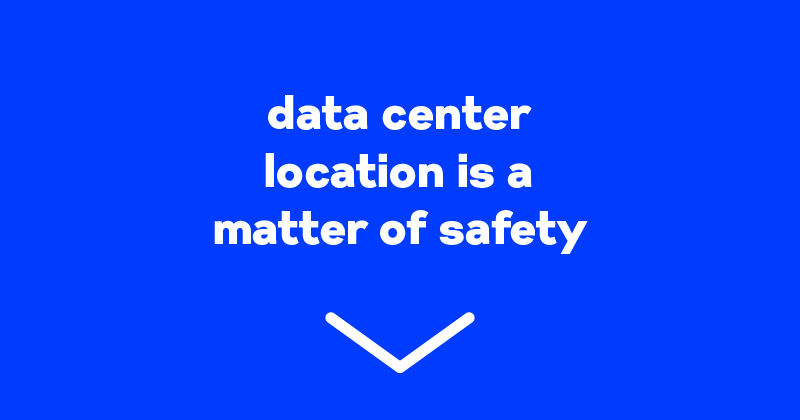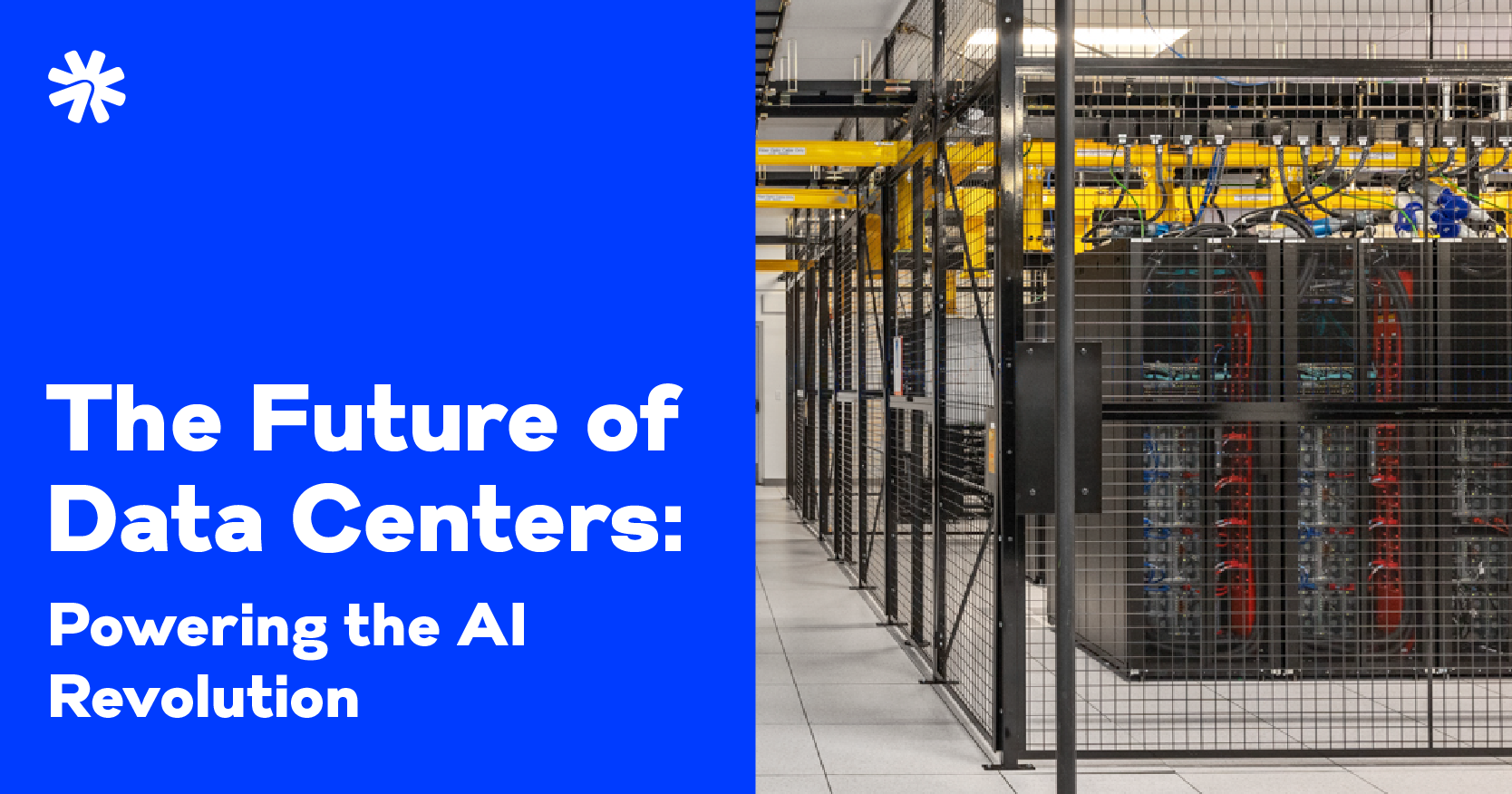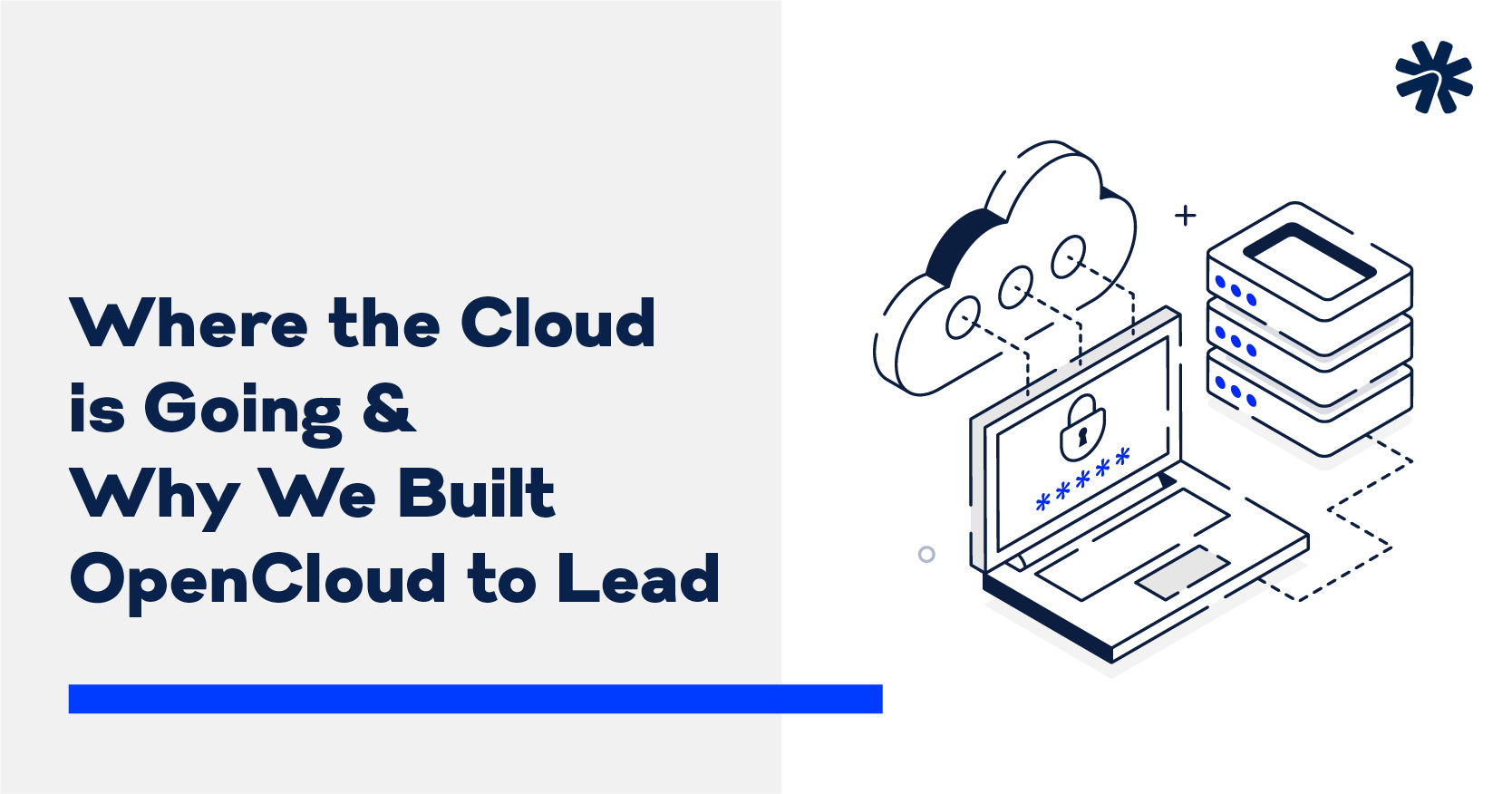Data Center Location is a Matter of Safety

We can’t say this enough when it comes to colocation — and data centers in general. Location matters. And if that data center location is in the Midwest, all the better.
Sure. With all the advanced networking services and technologies available, even the most tech-dependent businesses and their employees can operate from just about anywhere. Theoretically, it shouldn’t matter where the IT infrastructure handles your organization’s critical data and powering its applications. But there are numerous reasons why a data center’s location does make a difference.
Safety — particularly regarding the risk of natural disasters — is a big one. That’s why the Midwest’s low risk of most natural disasters makes it a good location for data centers.
Stay Safer in the Midwest
When we talk about safety, it’s not just a matter of protecting human lives and property. In terms of colocation and cloud services, safety is also about preventing downtime. Any disruption in an organization’s access to its data and applications can result in lost revenue and much more.
All data centers are subject to downtime for a number of reasons. But some locations — like those in the Midwest — are at a lower risk of downtime and other negative impacts due to geographical and environmental factors. (Data centers can be built to withstand some of the effects of natural disasters but can’t necessarily negate related issues such as downed power lines.) That’s one of the reasons US Signal continues to focus on offering data center services in the Midwest, including our latest facility: Indianapolis North .
The Midwest may not be the most appealing vacation destination because of its cold, snowy winters and hot, often humid summers. However, it is at a lower risk of many kinds of natural disasters that can cause power outages and structural damage, resulting in data center downtime or limiting facility access.
Note: A data center’s disaster preparedness is also important when choosing a data center, regardless of location.
Where the Risks Are and Aren’t
The following highlights the risks of various natural disasters in the Midwest:
- Heavy snowfall and severe ice storms can occur, but Midwest cities are typically well-equipped to handle them.
- With no oceans anywhere close, there’s no risk of tropical storms, hurricanes, or the accompanying storm surges. Flooding can occur in areas near rivers and other bodies of water, but Midwest data centers are seldom built on flood plains.
- Tornadoes can and do occur, but much of the Midwest is outside of the infamous Tornado Alley, making the risk much lower than in other areas.
- Earthquake risks are low, with the greatest likelihood of them occurring around the central Mississippi River Valley. (Some parts of Arkansas, Illinois, Missouri, Kentucky, and Tennessee are on the New Madrid fault line.)
- The Midwest has a much lower risk of major wildfires than other areas. (See Wildfires Burned by State for statistics.)
With a lower likelihood of natural disasters, the potential for natural disaster-related downtime in Midwest data centers is drastically reduced. There’s also less chance of employees and customers dealing with natural disaster-related impediments to accessing the data centers where their equipment and/or services are housed. Another benefit to the low risk of natural disasters is savings on insurance.
Reliable Power Access
There are many other reasons beyond the risk of natural disasters that make location an important consideration when choosing a data center. Access to reliable, affordable power is one of them.
Power is one of the biggest costs incurred by data centers (and their customers.) The Midwest delivers more affordable power than a lot of regions. That can translate into cost savings for colocation tenants. The region’s cooler climate can lower data center cooling costs by funneling outside air to cool IT equipment.
In addition, the Midwest is becoming a major player in green energy. That’s important if your organization is interested in sustainability and wants to work with colocation and/or cloud service providers that share that interest. An increasing number of data centers in the Midwest, like US Signal , are taking advantage of renewable energy sources and embracing sustainability practices.
Strong, Diverse Connections
The Midwest is known for the growing strength of its connectivity infrastructure. When data centers are in close geographic proximity to Internet Exchanges or peering points — of which there are a lot in the Midwest — the organizations using them benefit from low latency and plenty of bandwidth. That means data centers located in the area can deliver cloud and colocation services to their Midwest-based users with less latency.
From an electrical grid standpoint, transmission lines serving coastal cities feed from across the country, either the East or the West. Midwest locations tap into energy capacity from several different regional authorities and directions. As a result, companies that choose to host their data in the Midwest have access to a broad range of carriers and connectivity options with low latency to both the East and West coasts.
More Reasons Why Location Matters
There are many other reasons that location makes a difference in data location, so consider all the factors that can affect your choice of a data center. For example:
- Your staff requires quick, convenient access to your servers and other infrastructure, so any colocation facility you use must be nearby.
- You could potentially have a need for equipment and personnel to be brought in for support. In that case, ensuring the colocation facility is located near an airport, train station, or other transportation hub may be an important requirement.
- You want staff and supplies to get to the colocation facility regardless of weather conditions. That makes transportation routes with priority for snow removal, where snow and ice can be an issue, and the availability of alternate routes is important.
- You need a carrier-neutral facility that gives you the freedom to select your telecommunications provider, which can improve performance and save on costs. Data centers that are carrier-neutral are often located in areas that have good connectivity, so these factors can go hand-in-hand.
- The data center will serve as a disaster recovery (DR) site, so it needs to be far enough away from your primary site to lessen the chance of a weather-related event or a natural disaster taking out both facilities.
Stay Safe with US Signal
US Signal’s data center locations score high on the safety factor — and on many other critical considerations when choosing a data center. For example, they’re all SSAE 18-audited and PCI- and HIPAA-compliant.
All data centers (nine currently) are strategically located in business-friendly, mid-sized cities throughout America’s heartland — considered one of the safest geographical areas. Most are at least 200 miles apart, and all are on separate power grids. (That’s particularly important if a data center will be used as a DR site.) Physical safety and security are also integral to US Signal’s data centers.
In addition to leading-edge technologies, top-of-the-line equipment, and high-level security, US Signal’s data centers house five cloud pods, and its robust, wholly-owned fiber network includes metro rings in 20 Midwest markets, access to over 225 data centers and POPs, and redundant Tier 1 peering relationships. For US Signal customers doing business in the Midwest, this all puts reliable, fast, far-reaching network and cloud services at their fingertips — and at the fingertips of their own Midwest-based users.
The speed and bandwidth capabilities of US Signal’s fiber network mean faster access to data and applications stored in the cloud. Synchronizing cloud data with on-site data through US Signal’s high-speed connections ensures efficient data restoration after an outage. Because US Signal can provide its fiber network from doorstep to cloud, it can offer end-to-end solutions that decrease issues like downtime and latency while allowing for increases like redundancy and reliability.
US Signal also provides direct, dedicated network connections to major cloud providers without having to peer directly or collocate networking equipment in a provider-supported data center. Customers can use US Signal’s Virtual Cloud Connect to establish Layer 3 connectivity between a private data center or a US Signal cloud service to other cloud providers, including AWS, Azure, and Google.
US Signal’s Cloud-to-Data Center (CDC) connection provides dedicated access between collocated IT assets and US Signal public cloud resources when housed in the same US Signal data center. The CDC connection provides optic and switch redundancy while stretching the Layer 2 network from collocated gear and virtualized resources with US Signal.
Learn More
To learn more about US Signal’s data centers and cloud and colocation services (managed services and professional services are available, too), contact us .



